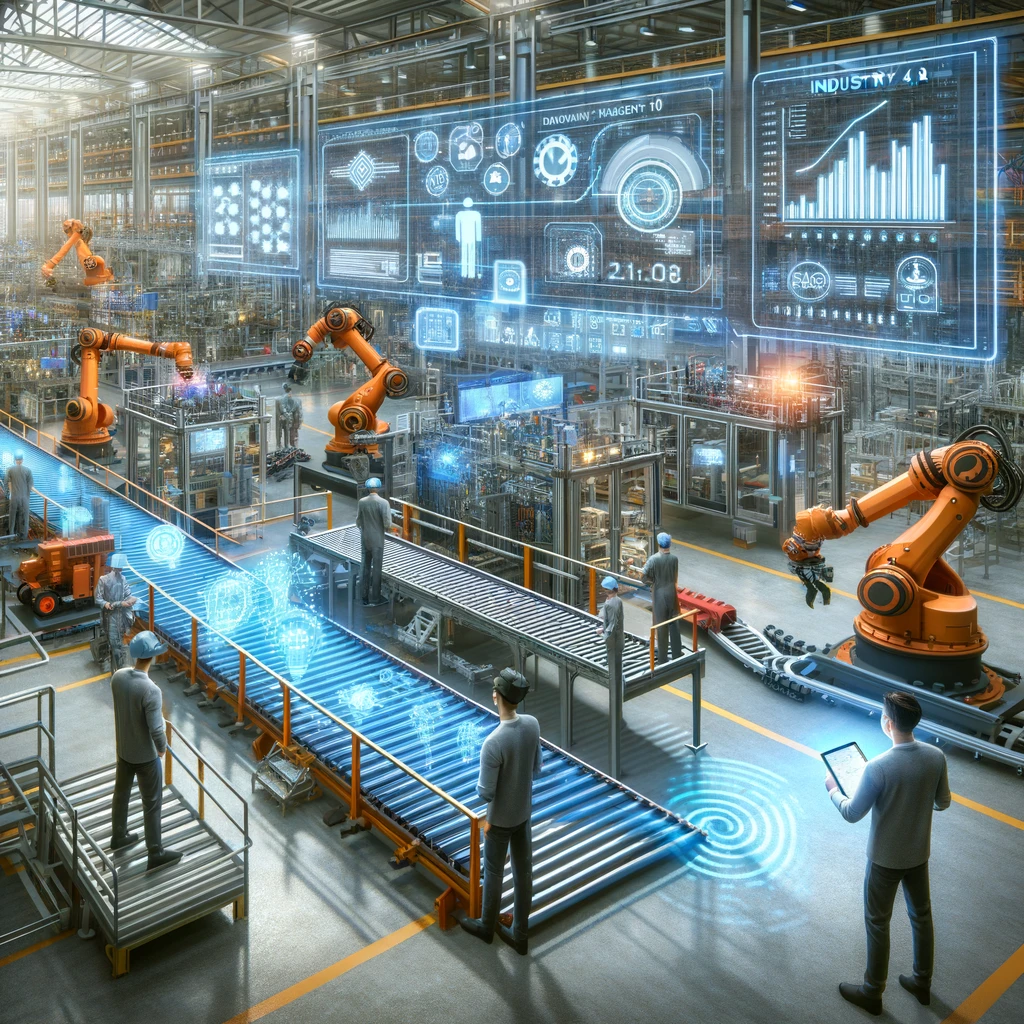Beyond Water Treatment: Klarwin’s Digital Transformation
As we transition from Industry 4.0 to the emerging Industry 5.0, the joint venture between Klarwin and Neo Vision serves as a prime example of digital technology’s transformative role in traditional sectors.
This partnership extends past water treatment, showing how it can be applied to many other industries that are just starting to experience their own digital transformation.
Klarwin’s Quest for Digital Advancement
Klarwin is at the forefront of fluid filtration and water treatment in Europe. During the last few years, the company has encountered challenges that echo across industries in the form of:
- the need for streamlined data management
- more efficient workflows
- improved operational oversight
This was not just a call for a digital solution but a strategic move towards a complete operational transformation.
Tailoring Digital Solutions: A Trio of Innovations
Neo Vision’s response to Klarwin’s challenges was a suite of three applications, each designed to target specific operational needs while collectively driving overall efficiency and performance.
Service Application for Engineers (2018): Reinventing Workflows
Imagine engineers getting a tech upgrade that integrates flawlessly with existing ERP systems, turning complex workflows into streamlined processes. This application did more than just simplify complex workflows. It was a game-changer for Klarwin and a great example for industries like healthcare and logistics, where being efficient is key to everything they do.
Monitor Application (2017-2020): The Operational ‘Control Tower’
Picture a system that gives you a bird’s-eye view of the entire water treatment process—that’s what this application brought to Klarwin. It was a shift toward making informed and data-driven decisions. This kind of insight is particularly useful in sectors like finance and telecommunications, where understanding the fine details in real time can make all the difference.
Watcher Application (2020): Streamlining Communication
This tool was all about making data communication between field stations and servers as smooth as possible. By reducing manual intervention, it elevated Klarwin’s system reliability, much like how smart cities leverage technology for efficient operations.

Reflections on Outcomes and Future Directions
The project led to significant improvements in water treatment operations through:
- Data Management: Achieved efficient data processing similar to transformations in sectors like finance. According to a McKinsey report, similar data analytics in operations can lead to a 15-20% increase in EBIT for water utilities, mirroring the impact seen in the finance sector.
- Operational Efficiency: Enhanced workflow and maintenance processes, reflecting trends seen in logistics and e-commerce. According to a Deloitte study, digital transformation can boost operational efficiency in the utility sector by up to 25%, mirroring improvements in logistics.
- Reporting and Analysis: Accelerated report generation parallels advancements in healthcare, where rapid data analysis is vital. According to Water Online, digital reporting tools in the water treatment industry can cut down on report generation time by up to 50%.
Future Trends and Improvements
- Integration with Emerging Technologies: Incorporating AI and machine learning to automate water treatment decision-making further. Gartner predicts that by 2025, over 30% of critical infrastructure organizations will use AI in their operations, indicating a significant shift toward automated decision-making.
- Sustainability Focus: Embracing green manufacturing trends to reduce environmental impact within the water treatment industry. The Global Water Intelligence reports that sustainable water management practices can reduce water usage by up to 40%, aligning with global sustainability goals.
- Adoption of IoT: Enhancing real-time monitoring and predictive maintenance in water treatment facilities. The IoT market in the water industry is expected to grow to $22.6 billion by 2025, according to MarketsandMarkets, highlighting the growing importance of real-time data and predictive maintenance.
Industry-Wide Digital Adoption
With IDC predicting that 60% of manufacturing firms will fully connect their operational processes by 2025, it’s clear that digital transformation is becoming a standard across industries. IDC also reported that global spending on digital transformation reached $2.3 trillion in 2023. Incorporating AI, IoT, and sustainability measures can significantly elevate industry operations, enhance efficiency, and prepare businesses for future challenges.
Conclusion: Setting a New Standard in Water Treatment
Klarwin’s journey with Neo Vision is a powerful narrative in the water treatment sector, illustrating how embracing digital solutions can lead to breakthroughs in operational efficiency and set new industry standards.
As the world moves past the era of Industry 4.0 and approaches Industry 5.0, this case study serves as a testament to the transformative power of digitalization, not just in water treatment but across various sectors.
The World Economic Forum reports that digitalization in industries like water treatment can lead to a 20-30% increase in resource efficiency. This highlights the importance of adopting digital technologies to stay ahead in an increasingly competitive and technology-driven world.



